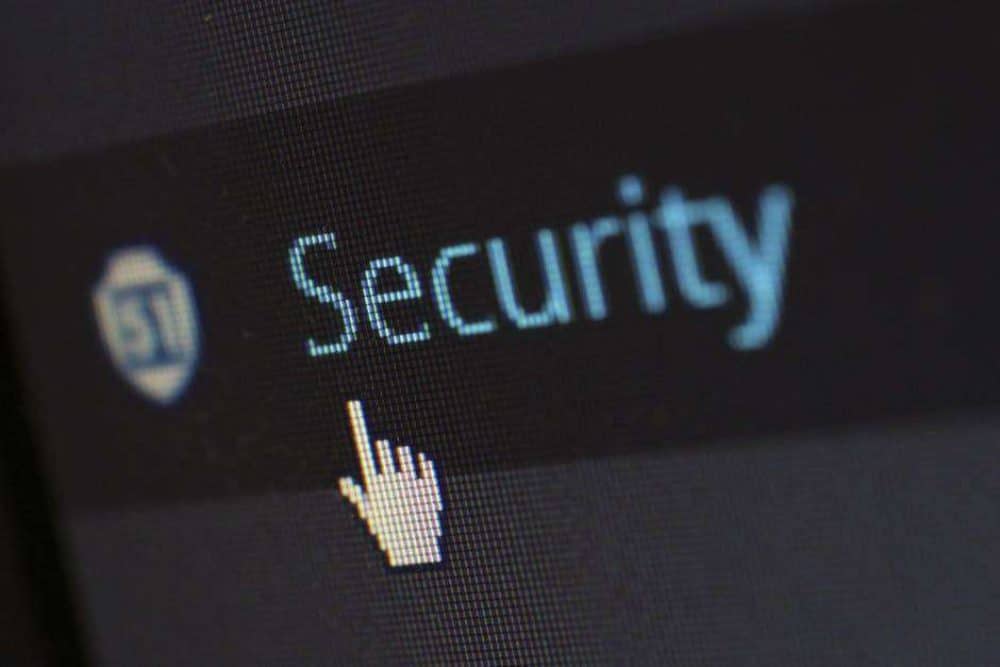We present you a quick guide that will allow you to have your computer optimized without having to give up security
Computer viruses have evolved in parallel with technology. From Creeper, which was designed in 1971 to test the security of ARPANET, to Ryuk, which has had both sepe workers and people who depend on the benefits approved by the agency on edge.
Now they are able to replicate and infect computers, encrypting (or hijacking) all the data in their path and remaining inactive to go unnoticed. They are also capable of accessing peripherals such as a webcam to make videos without user permission, a nightmare at the level of Skynet from the Terminator movie.
However, as a user, there are several tips and tricks with which you can protect yourself from most of these malicious software and avoid future scares.
The fact that Windows users suffer the most from this type of infection does not mean that the operating system is insecure. The reason is that by being the majority, hackers make sure they reach the largest possible number of victims.
PROTECT THE NETWORK
One of the weak points in many home computers is the WiFi network. Accessing the computer through this connection does not require very advanced knowledge. For example, there are programs that run on Linux capable of obtaining passwords for wireless networks.
To protect a home network it is best to use a WPA2 system. To do this, you must disable WPS authentication on the router and enable it only when a new device is to be connected. As a plus, you can hide the name of the network by activating the option to hide SSID, activating the filtering by MAC addresses and deactivating the DHCP server.
INSTALL UPDATES
Keeping the operating system updated is one of the habits that can protect you against malicious software, since Windows is correcting vulnerabilities in the operating system that hackers take advantage of to access your computer.
As if it were a game of chess, the attackers are looking for security holes to sneak through while the teams that work on Windows security go ahead of their steps to shield and solve those flaws. That is why it is important, even if it is tedious, to install the latest operating system updates.
SECURE PASSWORDS
It is advisable to change the default router password, it should also be as secure as that of the services you use on the Internet. The key is to mix lowercase, uppercase, special characters (such as asterisks), and numbers.
FIREWALLS AND ANTIMALWARE
Windows has its own firewall, which prevents unauthorized concessions on the computer, included in the integrated antivirus itself, Defender. Try to always have it activated. Likewise, whether this antivirus is enough or not also depends on the web pages you visit and the use you make of the computer.There are several free antivirus options on the Internet, some specialized in malware, which can offer you extra protection, but keep in mind Note that they can slow down the operation of your computer.
BROWSER
When you browse the Internet, especially in the case of accessing email accounts, streaming platforms, online stores or your bank’s website, make sure you are on the appropriate page. Look at the top of the window, where the page’s URL appears, and see if a padlock appears indicating that you are on a secure site.
Keep in mind that there are clone web pages of these services that save your login details to impersonate your identity and access your bank or account.
If you use clients like Outlook, keep in mind that hackers use programs that send attachments in emails in bulk or that run when you click on a url or address that appears in the malicious email. Look at the sender to assess if it is trustworthy, do not unzip files from unknown senders and do the same with the links that may contain those emails of unknown origin.
REPUTATION-BASED PROTECTION
These Windows settings protect your device from malicious or potentially dangerous apps, files, and websites. It analyzes the reputation of both the programs you download and the websites you visit, warning you in case of detecting something dangerous. This warning can be ignored, something useful in the case of trying to execute a program that we have created ourselves or that we know perfectly its origin, but not recommended if we do not know this data.
ADMINISTRATOR ACCOUNT
It would be advisable not to use an administrator account on a regular basis, but only when it is necessary to install programs or change any configuration. However, if you do not follow this advice, always have Windows User Account Control activated, since it consults and asks for permission every time a program is going to make a change to the computer. In this way, if a message appears asking you for administrator permissions and you have not tried to install anything, this system can warn you of a program that tries to make a change to the computer for malicious purposes.


